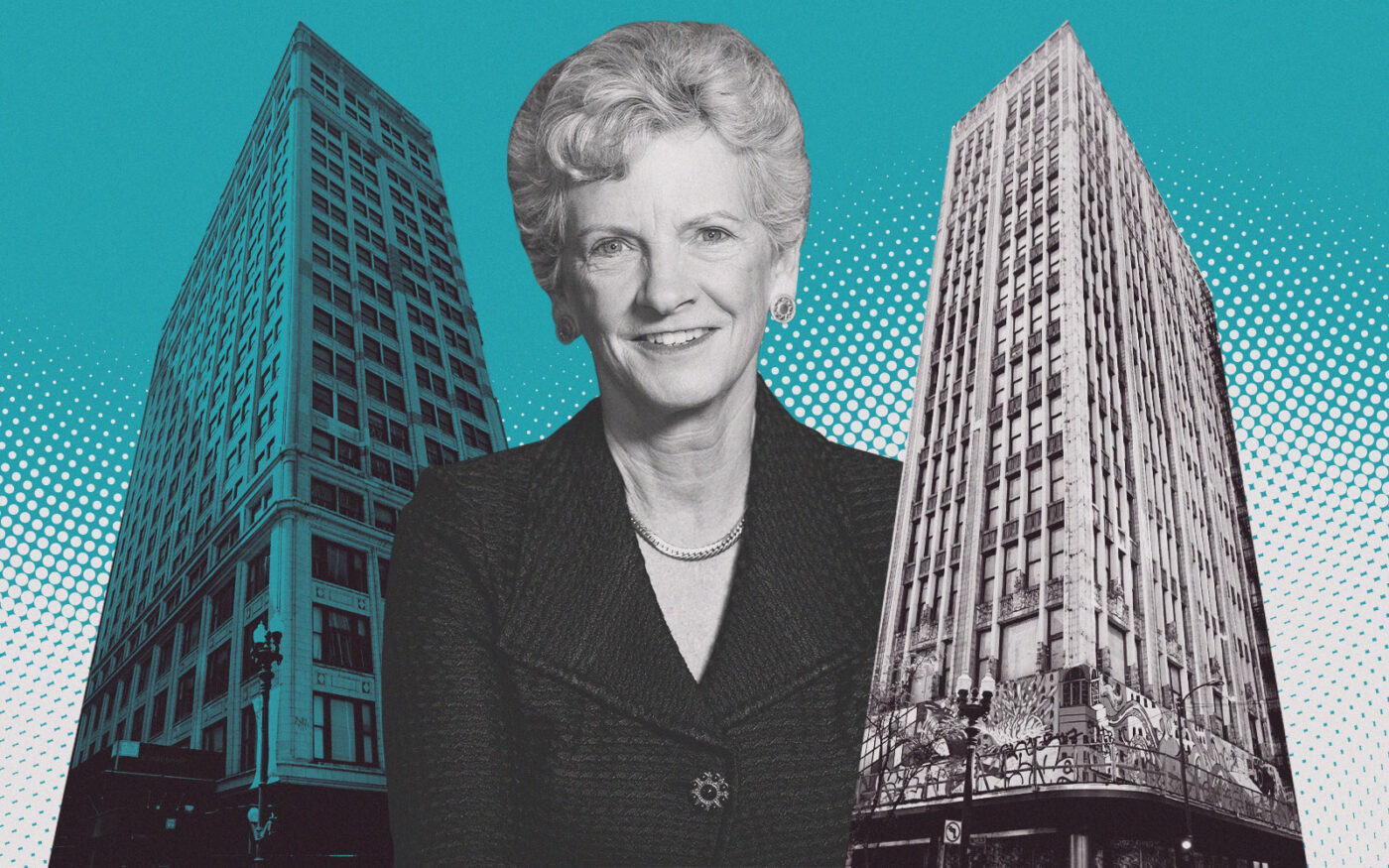Two high-rise office buildings in Chicago’s Loop Retail Historic District have been saved from the landfill.
The U.S. General Services Administration has opted to preserve two notable buildings in Chicago’s Loop: the 16-story Century building at 202 South State Street and the 22-story Consumers building at 220 South State Street, the Chicago Sun Times reported. The GSA has also agreed to preserve a smaller building at 214 South State Street.
The decision marks a reversal from previous plans to demolish the structures, a project previously funded by Congress with $52 million.
The buildings, owned by the federal government, were initially slated for demolition because they were considered a security risk due to their proximity to the Dirksen Federal Building.
However, after several public meetings and the release of a final environmental impact report, the GSA opted for adaptive reuse over demolition.
The Commission on Chicago Landmarks recommended landmark designation for the two high-rises last year, due to their historical significance. The Century and Consumers buildings are listed on the National Register of Historic Places.
The Century building, designed by Holabird & Roche, opened in 1915, while the Consumers building, designed by Jenney, Mundie & Jensen, was completed in 1913. The smaller four-story building, believed to have been constructed in 1883, was designed by architect C.M. Palmer for Gunther’s Confectionary.
The future of the high-rises is still up in the air, but Preservation Chicago has proposed converting the two larger buildings into the Chicago Collaborative Archive Center, which would house archival storage and potentially museum spaces.
This plan is viewed as a viable alternative that would address security concerns by sealing off windows that face the federal building, while providing a valuable resource for research and archival consolidation.
The decision also aligns with City of Chicago land use plans, emphasizing continued retail and mixed-use development in the Loop while reducing waste by reusing materials. The GSA will issue a record of this decision in September and seek lease proposals for the redevelopment.
— Andrew Terrell
Read more



